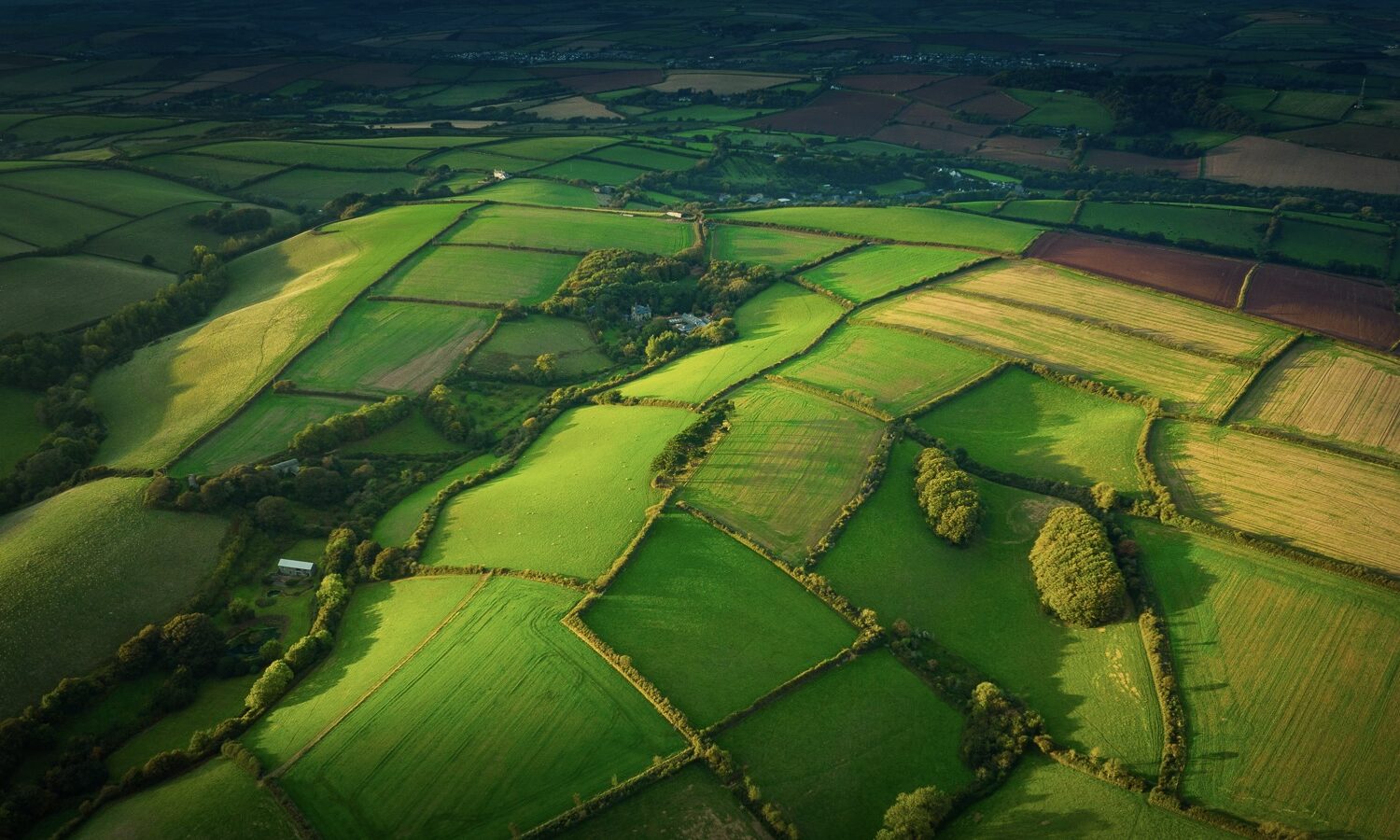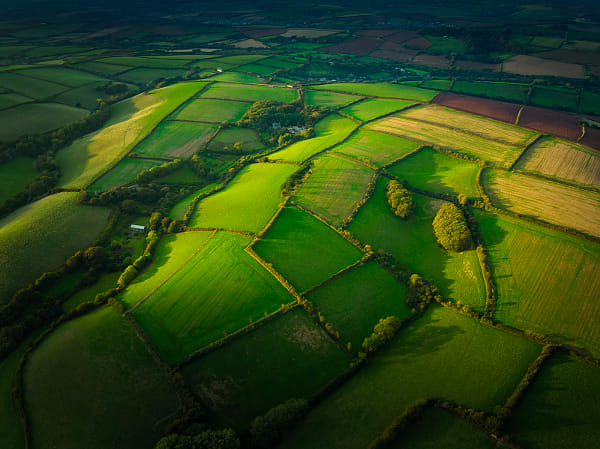Monochromatic color schemes involve using different shades, tones, and tints of a single color to create cohesive and visually impactful images. This technique simplifies the color palette, allowing photographers to focus on composition, texture, and lighting. Here’s how to effectively use monochromatic color schemes to enhance your photography, with insights from professional photographers.
Understanding color contrast and harmony
Monochromatic color schemes use one base color and extend it using its shades (adding black), tints (adding white), and tones (adding gray). This approach creates a harmonious and unified look, making the subject stand out through subtle variations in the same hue.
Common applications
- Black and white photography: This is the most well-known form of monochromatic photography, where all colors are converted to shades of gray.
- Color monochrome: Using shades of a single color, such as blues or reds, to create a unified theme.
Techniques for balancing color contrast and harmony
Choosing the right color
- Emotional impact: Different colors evoke different emotions. Blues can be calming, reds can be intense, and greens can be soothing. Choose a color that aligns with the mood you want to convey.
- Subject suitability: Ensure the chosen color complements your subject. For example, greens work well with nature photography, while blues might suit urban scenes.
Lighting and shadows
- Enhanced textures: Monochromatic schemes highlight textures and details that might be overlooked in color images. Use lighting to accentuate these elements.
- Controlled lighting: Experiment with different lighting setups to see how shadows and highlights affect the various shades and tones of your chosen color.
Background and foreground
- Consistent palette: Ensure the background and foreground elements are within the same color family to maintain cohesion. This can be achieved through careful selection of props and settings.
- Texture contrast: Use textures to differentiate between elements in your composition. A smooth subject against a rough background can create visual interest within a single color scheme.
Advanced techniques
High-key and low-key monochrome
- High-key: Focuses on lighter tones and minimal shadows, creating an airy and bright feel. Ideal for subjects that convey purity or simplicity.
- Low-key: Emphasizes darker tones and deep shadows, adding drama and intensity. Perfect for creating a moody or mysterious atmosphere.
Selective monochrome
- Accent color: Occasionally, introduce a single element in a different color to break the monotony and draw attention. This should be used sparingly to maintain the monochromatic integrity.
- Post-processing: Convert your image to monochrome in post-processing, then selectively bring back color to specific areas for a striking effect.
Infrared monochrome
- Infrared photography: Use infrared filters to capture unique monochromatic images. This technique reveals details and contrasts that are invisible to the naked eye, creating surreal and otherworldly photos.
Practical tips to try
Using filters
- Color filters: Use color filters on your lens to enhance specific shades and tones of your chosen color. This is especially effective in black and white photography.
- Polarizing filters: Helps manage reflections and enhance contrast within your monochromatic scheme.
Shooting in RAW
- Adjustability: Shooting in RAW gives you greater flexibility to adjust shades, tones, and tints during post-processing without losing quality.
- Fine-tuning: You can make precise adjustments to achieve the perfect balance of light and dark in your monochromatic image.
Field tips
- Pre-visualization: Train your eye to see in shades and tones of a single color. This helps in composing your shots more effectively.
- Practice regularly: Regular practice with monochromatic schemes will improve your ability to spot potential compositions and refine your technique.
Monochromatic color schemes can simplify your compositions while enhancing the visual impact. By focusing on shades, tones, and textures, you can create images that are both cohesive and striking. Experiment with different colors and techniques to find what works best for your style and subject matter.
Not on 500px yet? Sign up here to explore more impactful photography.





